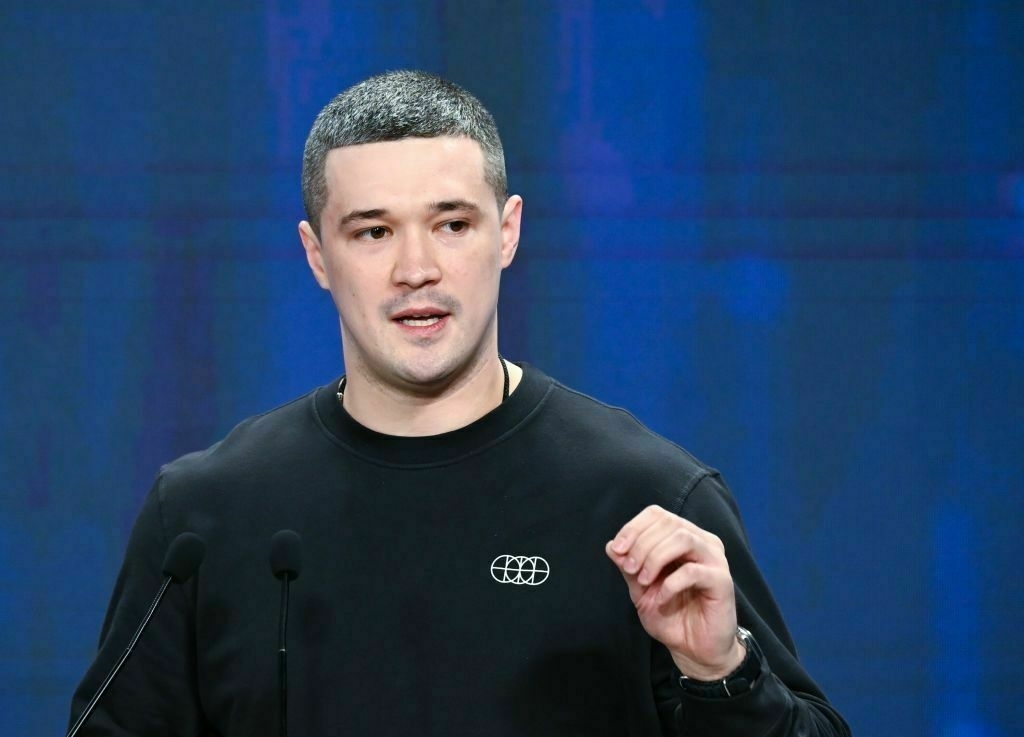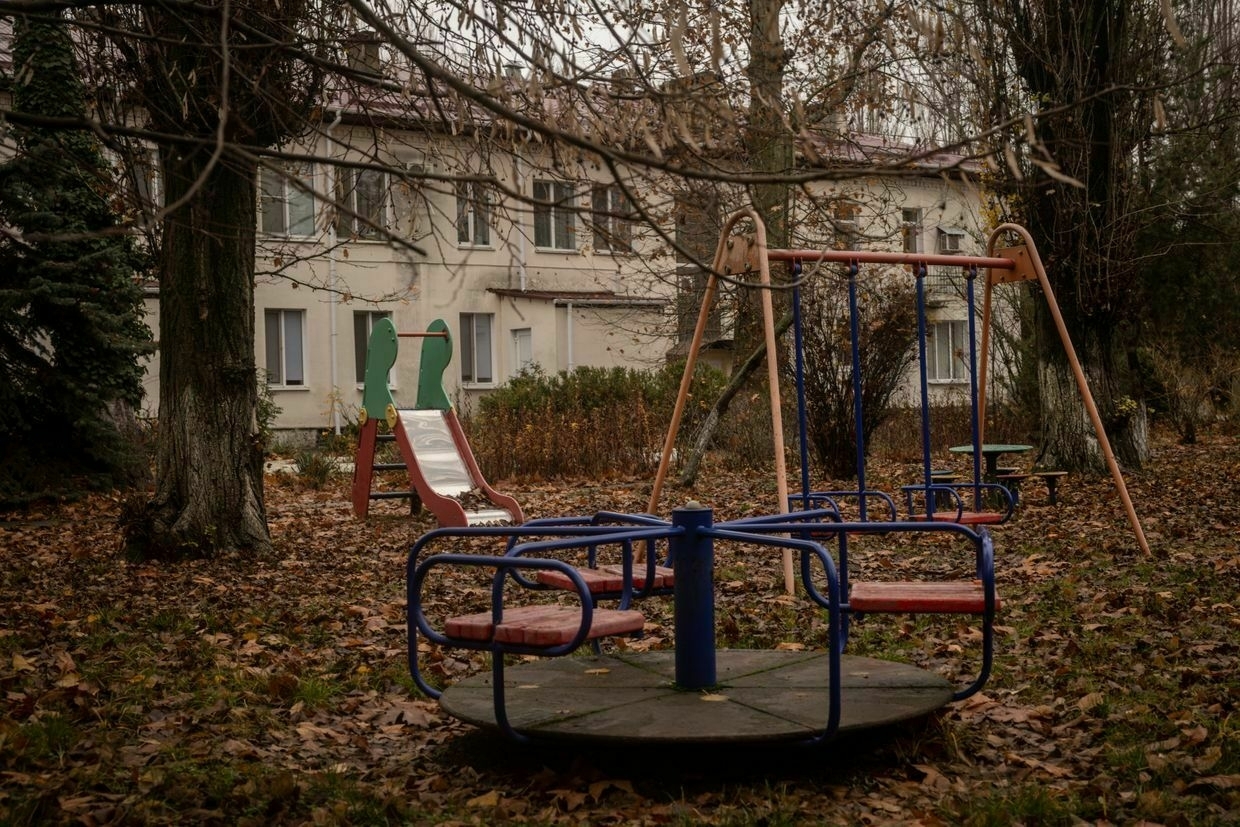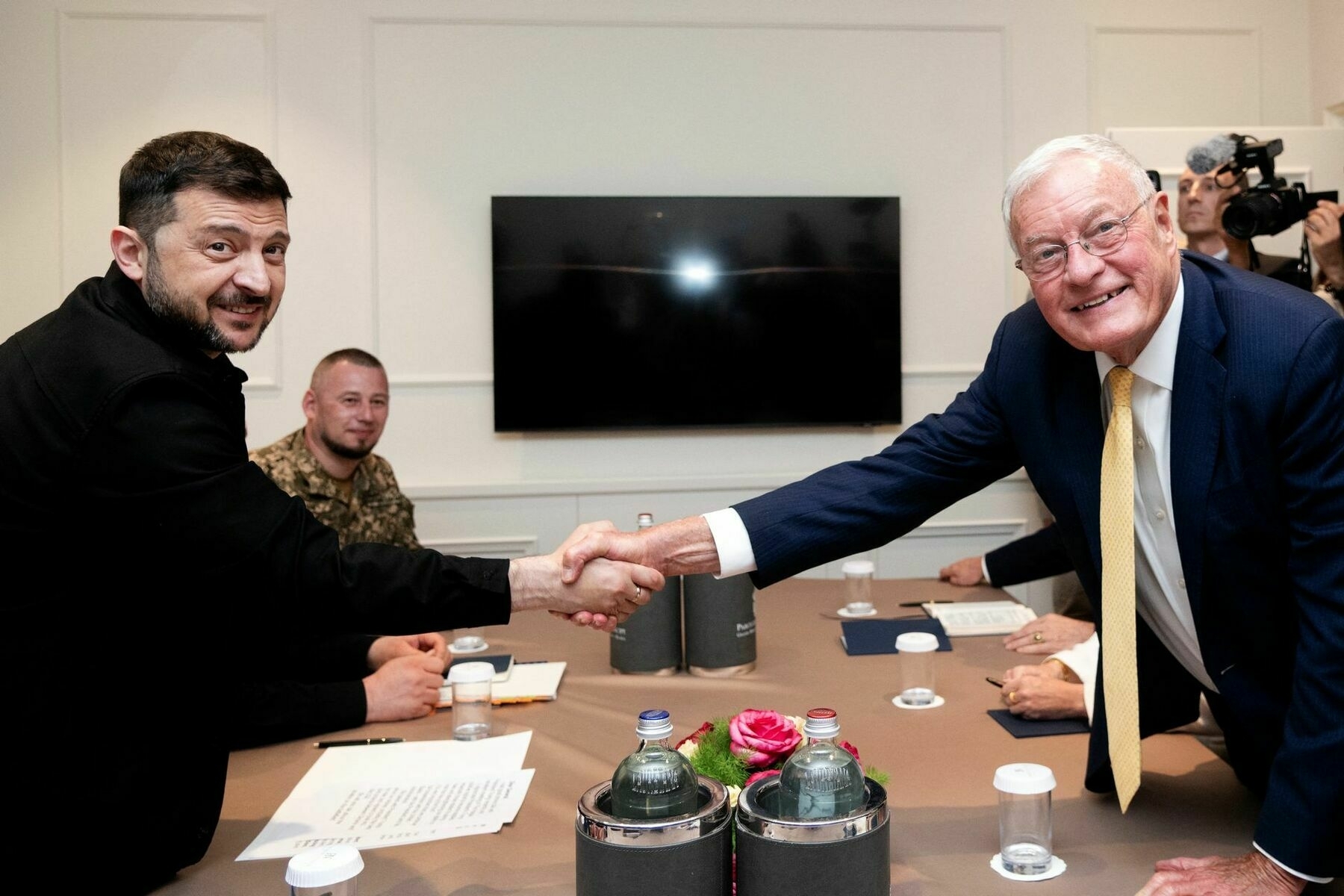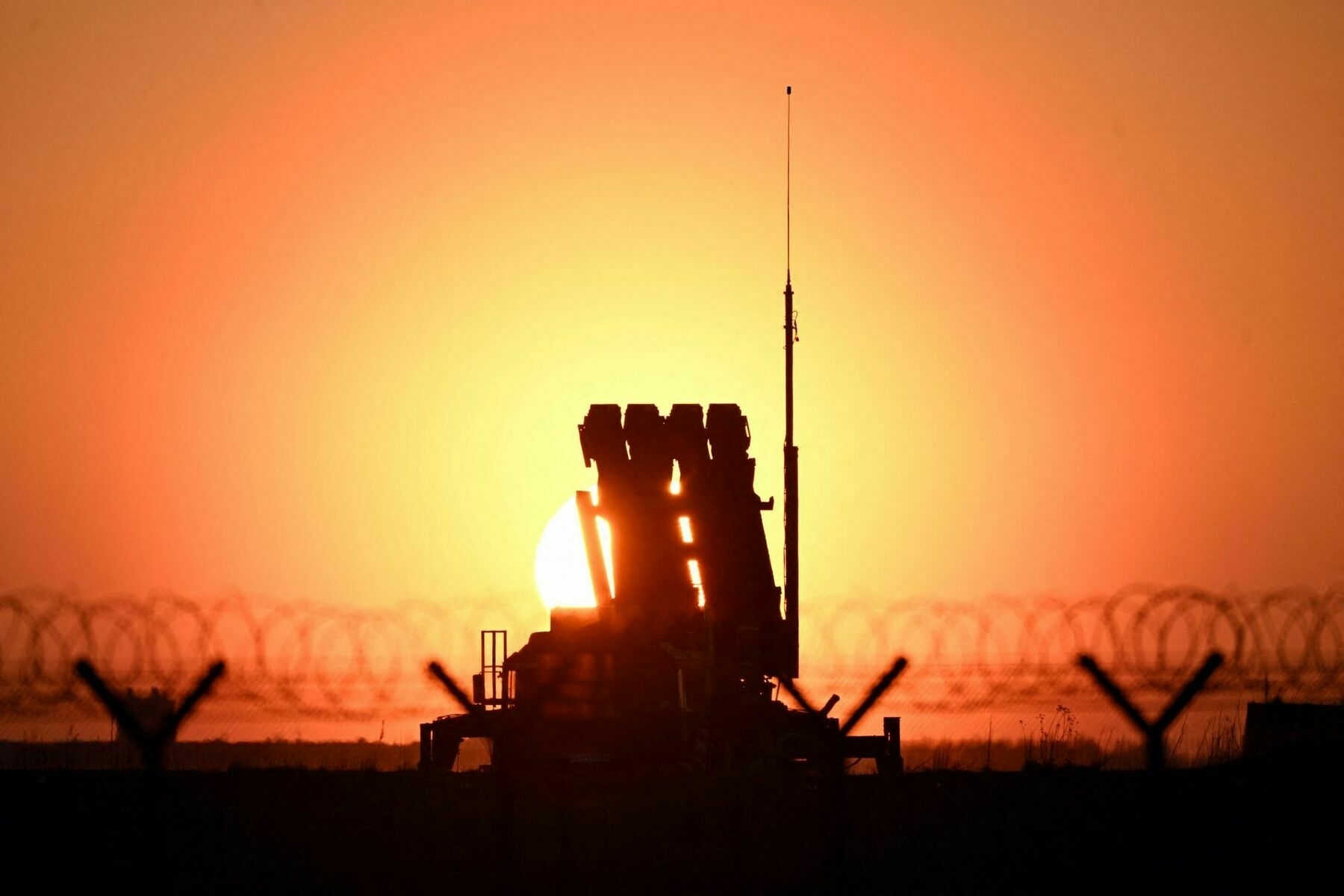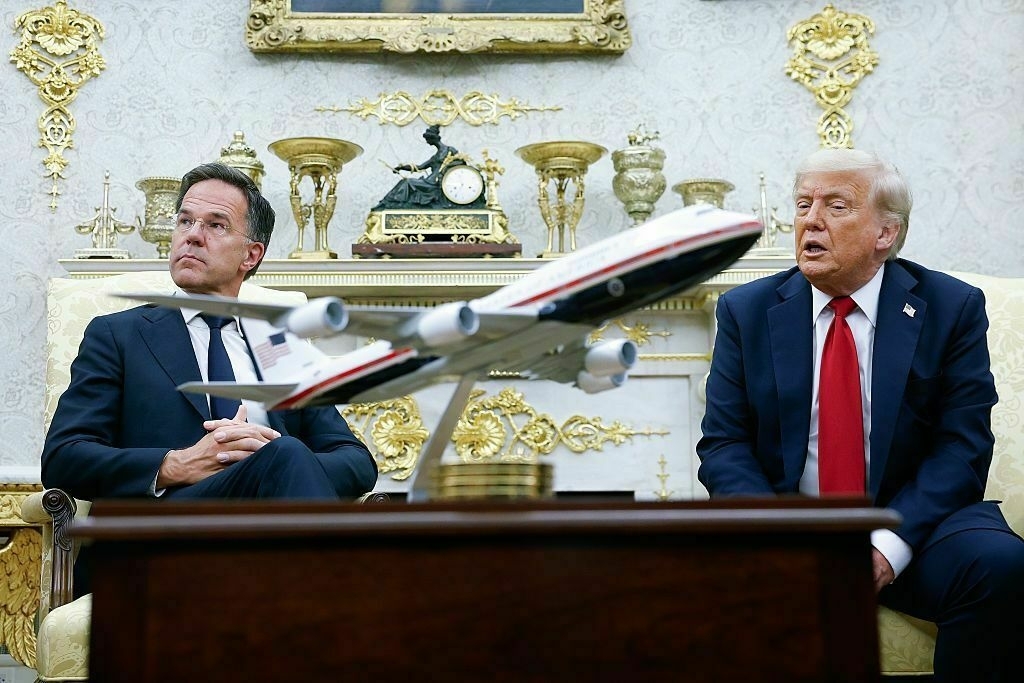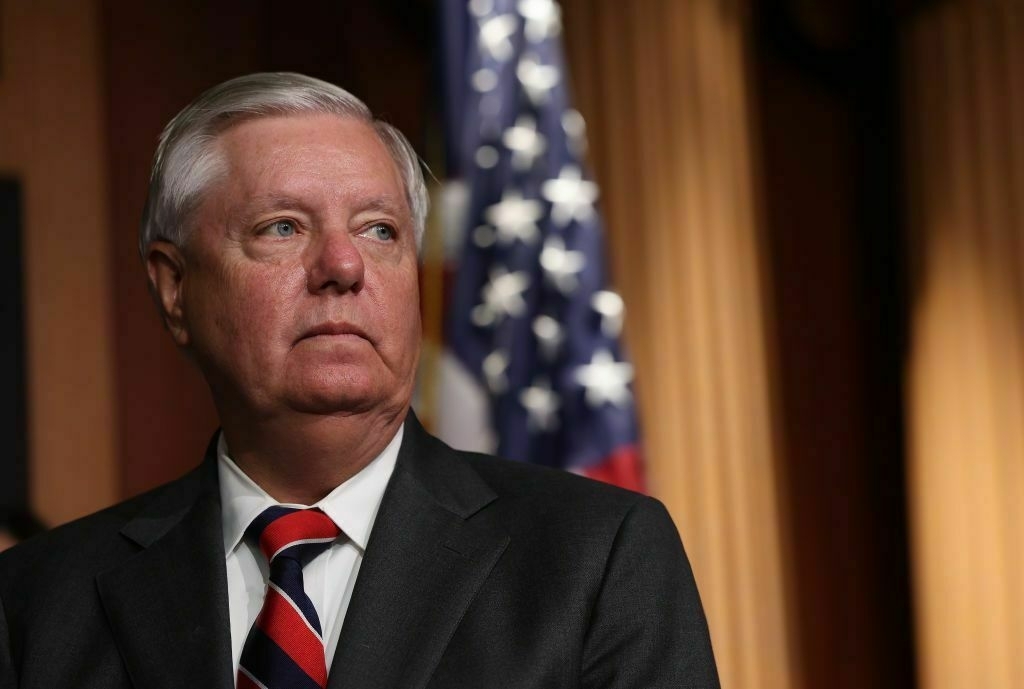-
Minister proposes Ukrainian version of Trump's DOGE to 'reduce costs and evaluate efficiency'
-
With Trump-Zelensky ‘mega-deal,’ Ukraine’s drone makers hope to flood the US
In an interview yesterday with the New York Post, Ukrainian President Volodymyr Zelensky floated a new pending “mega-deal” with U.S. President Donald Trump to sell Ukrainian drones to the American military.
"The people of America need this technology, and you need to have it in your
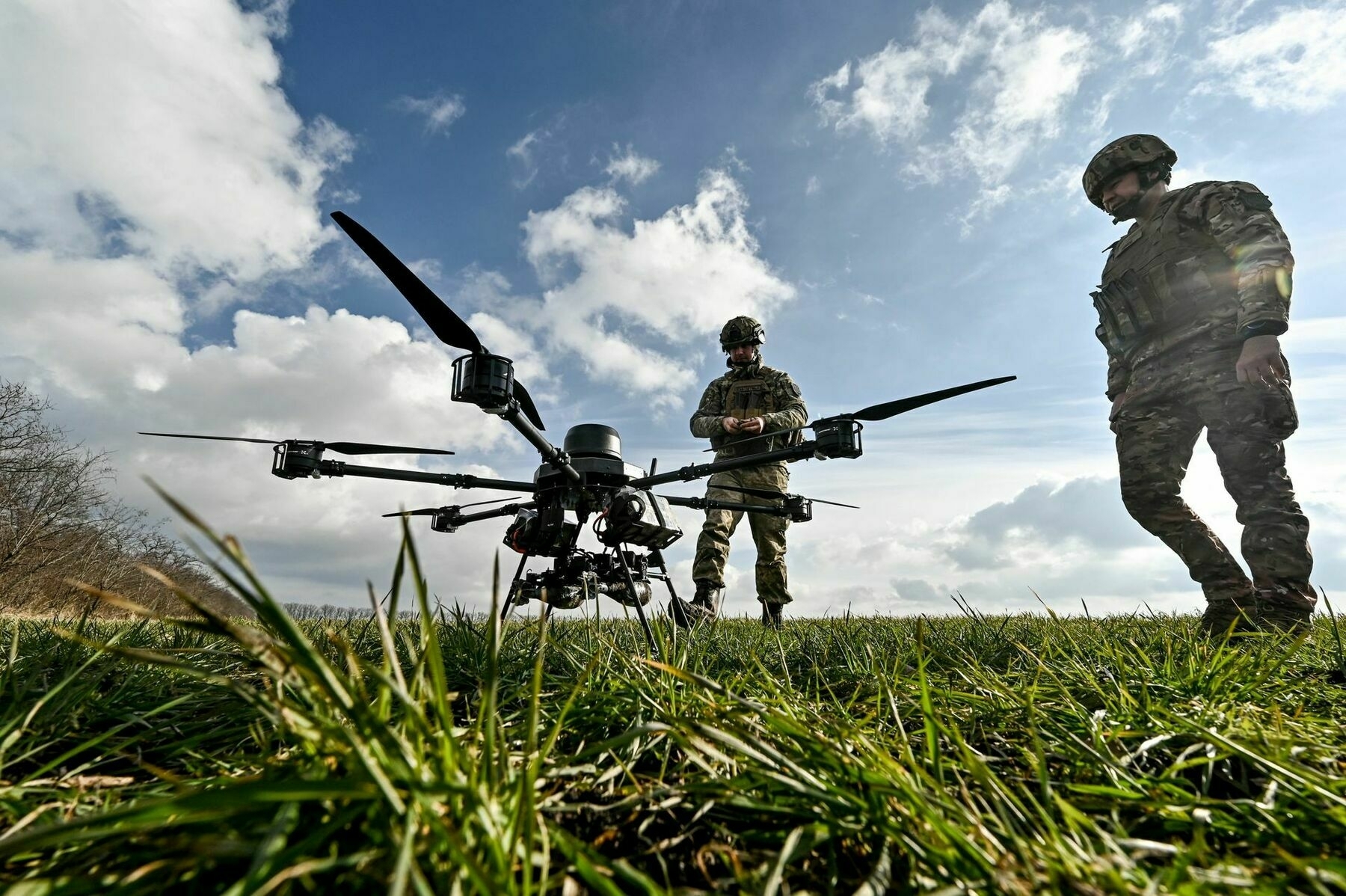
-
Trump-Zelensky call precedes surge in drone attacks on Moscow
In a July 4 conversation, U.S. President Donald Trump reportedly asked Ukrainian President Volodymyr Zelensky whether Ukraine's armed forces could target Moscow if they received long-range American weapons.
Following this discussion, as noted in Russian media, there has been a noticeable intensification of aerial assaults on the Russian capital.
Official reports from local authorities and Russia's Defense Ministry indicate that between July 4 and July 18, drones attacked Moscow and the region nine times. According to media outlet Agentstvo, the latest attack occurred overnight on July 18.
In this attack, 11 Ukrainian drones were purportedly shot down in the Moscow region, with officials claiming no serious consequences.
In the town of Sergiyev Posad, 52 kilometers from Moscow, damage was reported to the facades and glazing of two private houses. Meanwhile, in Solnechnogorsk, part of the wall and a fence of a private home were destroyed. "In the 15 days preceding the conversation (from June 19 to July 3), the capital region experienced attacks for five days.
During the similar period last month (June 4-18), drone raids were recorded on seven days," Russian media outlets noted. Furthermore, the number of drones attacking Moscow has reportedly increased. From July 4 to July 18, reports indicated that Ukraine deployed 63 drones. In the previous 15-day period, only 10 drones targeted the region, while during the comparable timeframe in June, that number was 43.
Additionally, on July 17, Ukraine launched a drone attack attack on a local chemical plant, "Shchekinoazot," in Russia's Tula region.
Tula Governor Dmitry Milyayev stated that air defense units intercepted three unmanned aerial vehicles, with wreckage allegedly falling on the territory of an unnamed facility. On July 14, U.S. President Donald Trump shared insights about Russian leader Vladimir Putin’s behavior, claiming that agreements were forgotten as soon as the phone was hung up.
-
Ukrainian and Russian forces report gains amid intense clashes on Pokrovsk front
Ukrainian military units have advanced in one of the most fiercely contested areas, according to the Institute for the Study of War (ISW), as they report successes in the Pokrovsk direction. Meanwhile, Russian sources also claimed progress, with DeepState confirming their reports.
Geolocated footage indicates that Ukrainian Defense Forces have moved forward in the settlement of Novoeconomichne in the Donetsk region. These findings were highlighted in a report by the American Institute for the Study of War on July 17.
On the Russian side, military personnel claimed advancement in the settlements of Udachne and Chunishyne, as well as near the village of Zverivo. The Russians reportedly pushed towards near Pokrovske, Volodymyrivka, and Molodetske, as well as in areas around Novoeconomichne, Mykolaivka, Myroliubovka, Lysivka, Novoukrainka, Zvyrovo, Udachne, and Kotline. Ukrainian defenders, according to enemy sources, launched counterattacks west of Kotlyne.
On the same day, DeepState analysts also reported Russian advances on the Pokrovsk front, specifically the occupation of the settlement Shevchenko and movements near Zelenoe Pole, Myrne, and Ptashyne.
In the evening summary, the General Staff of the Armed Forces of Ukraine reported 48 attempts by the adversary to advance in the Pokrovske direction. The attackers launched offensives in areas surrounding settlements such as Poltavka, Popov Yar, Rodynske, Novotoretske, Myroliubovka, Novoeconomichne, Lysivka, Novoukrainka, Zverive, Udachne, Muravka, Alekseevka, and towards Pokrovske and Novopavlovka. Three clashes were ongoing at the time of reporting.
The General Staff also revealed preliminary losses of the Russian Forces in the Pokrovske area over the past 24 hours:
- 231 personnel, 130 of whom were killed;
- One tank;
- Three armored combat vehicles;
- Three vehicles;
- Three motorcycles;
- Two artillery pieces;
- 18 drones;
- One satellite communication terminal;
- Five UAV control antennas.
Additionally, a Russian tank, five artillery pieces, and two motorcycles were reported damaged.
Notably, on July 17, Dmitry Zaporozhets, spokesperson for the "Luhansk" tactical group, disclosed that Russian troops have stepped up activities toward Dobropillya in the Donetsk region.
Meanwhile, on July 17, CNN projected that Russia intends to occupy three key eastern cities within a 50-day timeframe, as designated by U.S. President Donald Trump before a proposed agreement is reached. Reports suggest the Kremlin has amassed an additional 160,000 forces for this renewed offensive.
-
Trump: “We will arm Ukraine if Russia does not stop”
-
Trump's Envoy Kellogg briefed on Russia's use of western tech in war against Ukraine
Keith Kellogg, special representative to former President Trump, has been briefed on how Moscow is converting Western tech into tools of war against Ukraine, according to the Ukrainian Defense Ministry's Intelligence Service, GUR. Kellogg was shown Western components embedded in Russian weaponry, smuggled into Russia despite sanctions.
In an exclusive demonstration hosted by Ukraine's Main Intelligence Directorate, Kellogg was presented with Western-made electronic parts recovered from destroyed or captured Russian arms, including the Iranian-Russian drones Shahed ("Geranium") and Russian UAV "Gerbera."
The exhibition, organized by the War&Sanctions project specialists alongside members of the Defense Forces and the Kyiv Scientific Research Institute of Forensic Expertise, highlighted a critical Western-made microchip crucial for precision weaponry manufacturing. These parts, per Ukrainian intelligence, are delivered to Russia via "grey routes" bypassing international sanctions.
"There is an urgent need for the global community to tighten sanction enforcement on Moscow. Manufacturers, too, must stringently monitor their products on global markets," stressed the Ukrainian Defense Intelligence serviceman with the callsign "Cipher." The GUR continues to probe and pinpoint Russian weapons components to prevent the Kremlin from skirting restrictions and maintaining its wartime capabilities against Ukraine.
Keith Kellogg arrived in Kyiv to discuss warfare, defense, and sanctions policy matters with the Ukrainian side. Kellogg also emphasized the necessity for an international "Marshall Plan" equivalent to rebuild Ukraine post-war.
-
Trump, drones and chemical warfare: a new phase of confrontation
-
Trump admin cuts undermine efforts to track abducted Ukrainian children, Council of Europe envoy says
-
Trump and the new “exchange” with Merz: Patriot for Ukraine, bill for the EU
-
Ukraine war latest: Zelensky, Trump discuss 'win-win' drones-for-weapons 'mega deal'
Key developments on July 17:
- Zelensky, Trump discuss 'win-win' drones-for-weapons 'mega deal'
- Washington 'moving with haste' to arm Ukraine under Trump plan, US envoy says
- Ukrainian drones reportedly target Moscow, St. Petersburg amid wider strikes
- Leaked documents claim Russia's 41st Army suffered
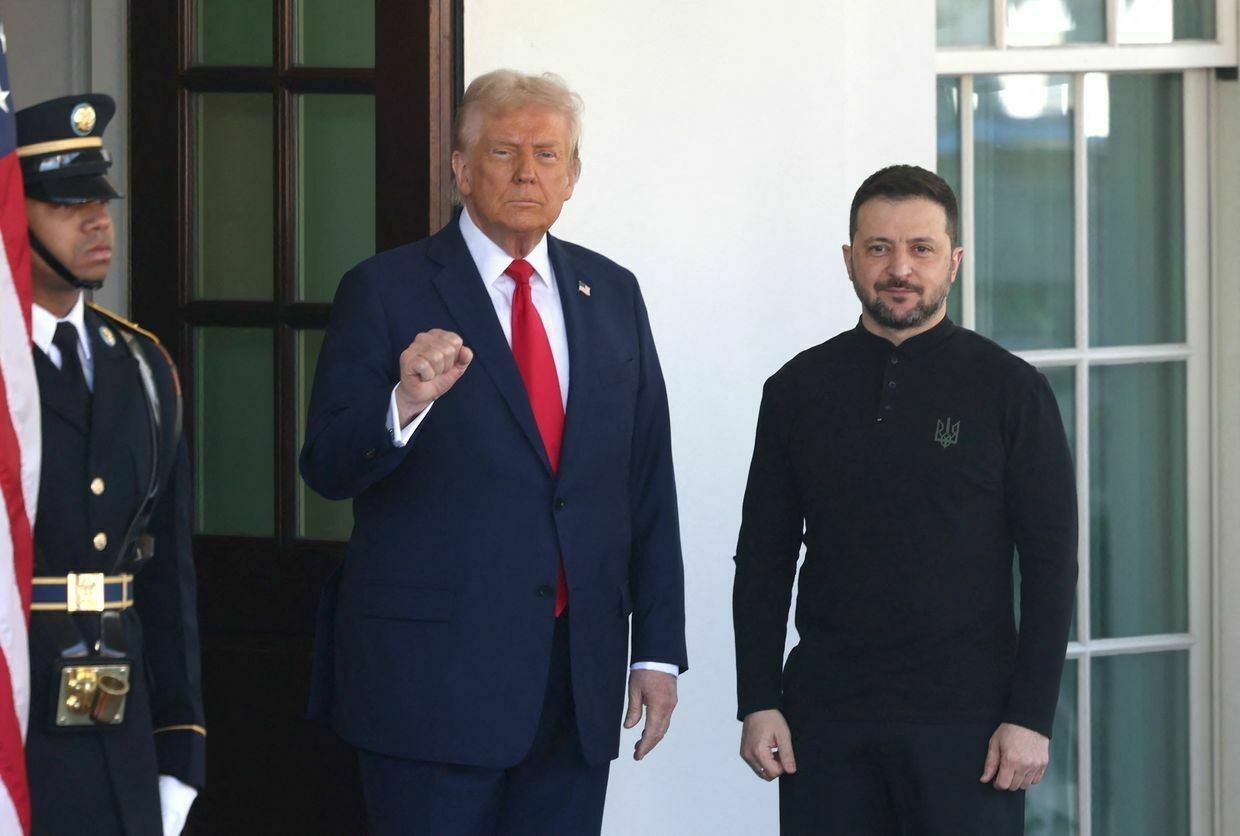
-
Washington 'moving with haste' to arm Ukraine under Trump plan, US envoy says
-
Explainer: What's happening with Russia's ongoing summer offensive as Trump gives Putin 50 more days?
U.S. President Donald Trump gave a 50-day ultimatum to Russia to end the war in Ukraine, promising to impose harsh sanctions otherwise.
Experts who spoke with the Kyiv Independent, however, say that Russia can take advantage of the once again extended deadline and scale up its summer offensive, ongoing
-
Zelensky, Trump discuss 'win-win' drones-for-weapons 'mega deal'
“The people of America need this technology, and you need to have it in your arsenal,” President Volodymyr Zelensky said.
-
Kellogg 'in the ascendancy lately' as Trump shifts toward tougher Russia stance, Telegraph reports
-
Germany denies knowledge of Patriot missiles en route Ukraine, contradicting Trump's claim
-
"No one has been briefed" — Europe blindsided by Trump's Ukraine weapons deal
-
Ukraine war latest: Mass attack hits cities overnight as Ukrainians brace for 50 more days of Russian terror
Key developments on July 16:
- Mass attack hits cities overnight as Ukrainians brace for 50 more days of Russian terror
- Putin unfazed by Trump's threats, plans to fight on in Ukraine, Reuters reports
- Patriot missiles bound for Ukraine already being shipped, Trump says
- US-founded extremist group claims killing
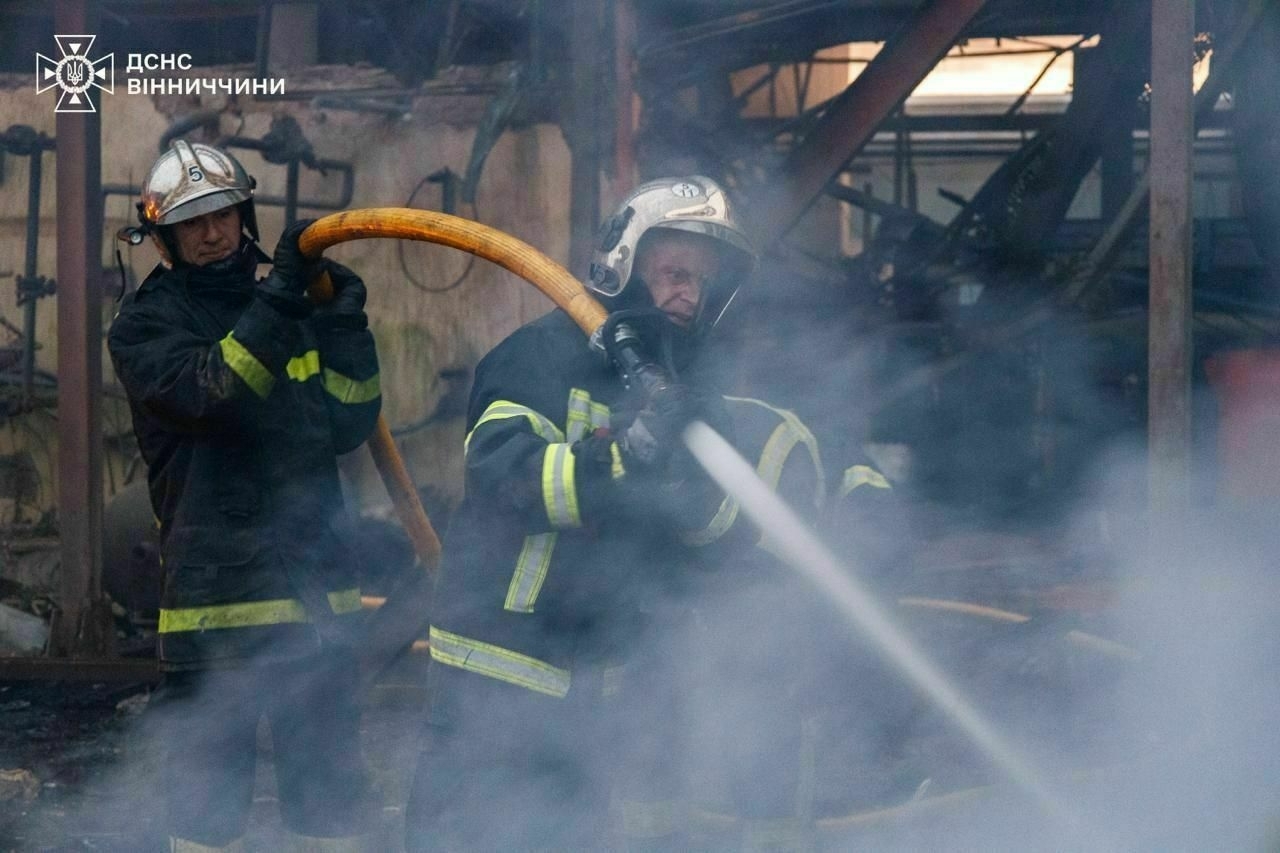
-
17 PATRIOT MISSILES FOR UKRAINE: TRUMP CONFIRMS DELIVERY
-
Latvian prime minister on Trump's NATO deal and new Russia sanctions
The Kyiv Independent’s Deputy Chief Editor Oleksiy Sorokin spoke with Latvian Prime Minister Evika Siliņa during her visit to Kyiv on July 15, following U.S. President Donald Trump’s announcement of his deal with NATO to arm Ukraine and his threat to impose severe sanctions on Russia if it doesn’t reach a peace deal with Ukraine within the next 50 days.
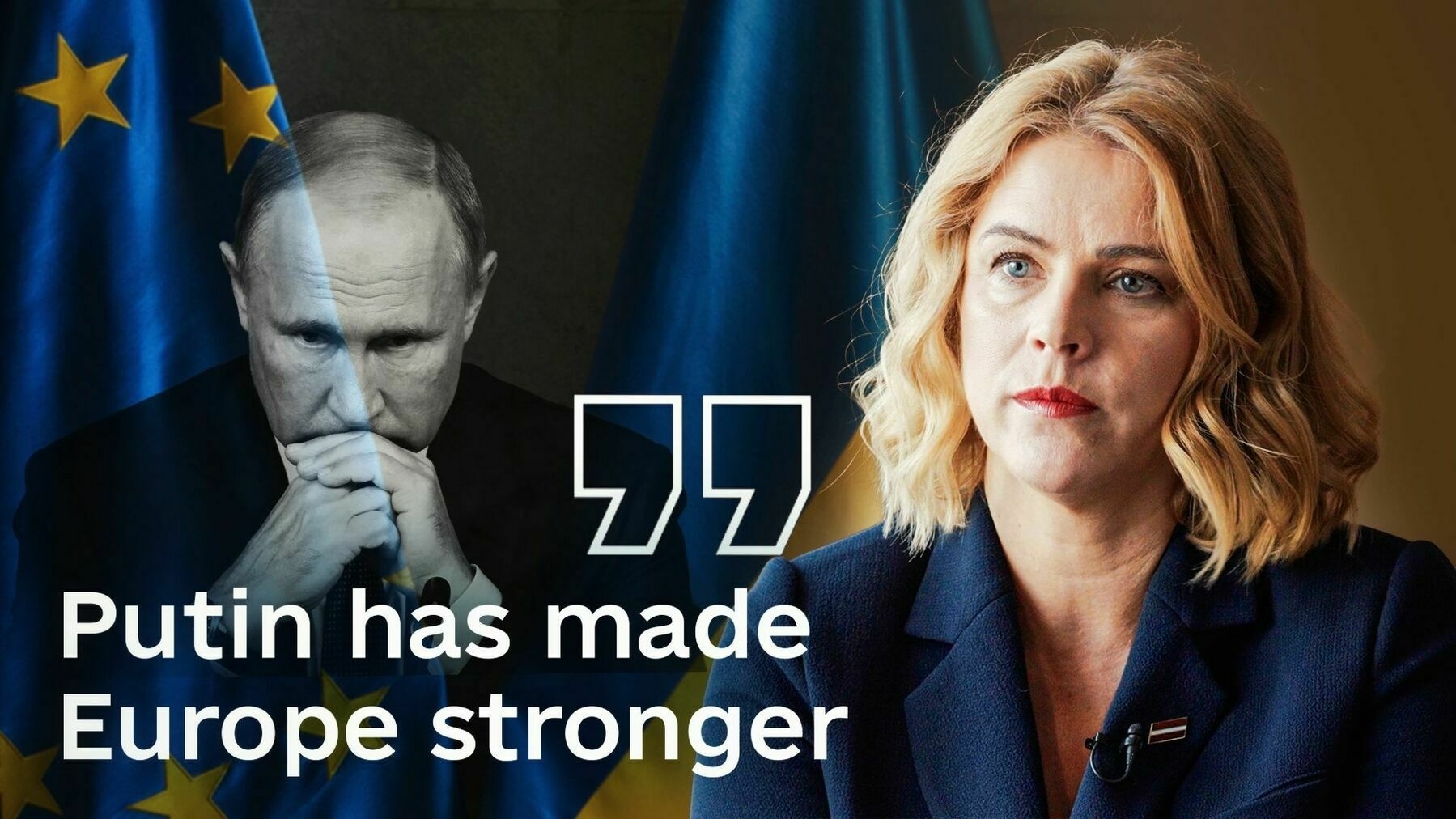
-
'Call the Ayatollah'— Senator Graham backs Trump's 50-day Russia ultimatum, alludes to response against Iran
